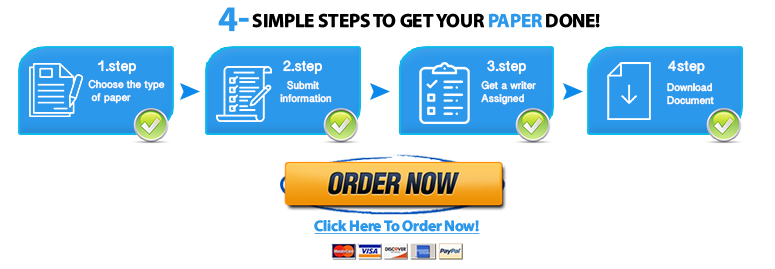islamic religion 3
Journal
Points 10
A) Describe your ideas or images of Islam
B) Where do you think you learned or picked up these ideas?
C) Interpret and give your reaction to the following quote:
– – “For the west much of the history of Islam has been obscured behind a veil of fear and misunderstanding” Huston Smith
D) Why is Sharia law controversial today? What part of the law seems unjust to you?
The paper should be 3.5 full pages long with detail information, grammatically and APA format. Please also cite reliable sources.
One page is abstract page with 150 to 200 words. The other two half full page is answer the four questions.
Writing Assignments
Writing assignments outside of class are to be typed, double spaced with proper citations for works cited; APA style is to be used. You will need to list your sources in writing assignments to avoid plagiarism. Writing assignments will be graded according to criteria of accuracy, clarity, original thought, style and correctness.
Writing Rubric
On a written assignment, the student will demonstrate the ability to generate relevant and sufficient
content; organize his or her thoughts coherently; adhere to the conventions of correct mechanics and
sentence structure; and use correct terminology and vocabulary.
Four-Point Rubric
4 = High level excellence in evidence of writing ability
3 = Demonstrable, competent, expected evidence of writing ability and performance
2 = Minimally acceptable, inconsistent evidence of writing ability and performance
1 = Poor, unacceptable evidence of critical thinking ability and performance
Content
4. Maintains clear and obvious purposes; focuses clearly on one significant main
idea or topic throughout; work meets or exceeds length requirements;
demonstrates superior knowledge of resource documentation if required.
3. Contains purpose but not consistently clear or obvious; presents one main
idea or topic but the significance is less clear; work meets length requirements;
documents resources but may not be error free.
2. Presents a purpose that is confused, general, or vague; presents main idea
but does not state it precisely or clearly; work comes close but does not meet
length requirements; uses incorrect documentation (when required).
1. Does not present a unified purpose; presents main idea but does not state it
precisely or clearly; work does not meet length requirements; uses incorrect
documentation (when required) or no documentation.
Organization
4. Maintains clear and obvious organization; demonstrates effective
paragraphing using appropriate transitions with emphasis upon conveying the
relationship between ideas.
3. Uses a suitable organizational plan; contains adequate paragraphing with
some transitions that attempt to convey relationships between ideas.
2. Inadequate paragraphing with few transitions; unclear or jumbled
paragraphs; unclear or jumbled sentences; paragraphs are sometimes not
balanced in amount of development and support.
1. Uses no organizational plan; paragraphs are unclear and contain no
transitions; unclear or jumbled sentences; paragraphs not balanced in amount of
development and support.
Grammar and Mechanics
4. Uses correct, varied sentences with few, if any, errors in mechanics, grammar,
syntax, or spelling.
3. Uses sentences that are usually correct but sometimes awkward; some errors
in mechanics, grammar, syntax, or spelling that does not affect reader
understanding.
2. Writing that exhibits some difficulties with: fragments, person shifts, comma
splices, in-text citation punctuation, subject-verb agreement, works cited
punctuation, spelling errors, other distracting features in usage.
1. Writing that exhibits multiple difficulties with: fragments, person shifts,
comma splices, in-text citation punctuation, subject-verb agreement, works cited
punctuation, spelling errors, other distracting features in usage.
Language
4. Uses language effectively (applies terms correctly), with a consistent and
appropriate tone for the intended audience.
3. Uses language that is adequate but occasionally unclear; incorporates tone
that may be uneven or inconsistent for the intended audience.
2. Uses language that is sometimes inadequate and unclear; vocabulary is often
unclear and repetitious; passive voice is used; diction is often nonstandard;
inconsistent voice or tone; terminology is often difficult to understand or is
misused.
1. Uses language that is inadequate and unclear; vocabulary is unclear and
repetitious; passive voice is used; diction is nonstandard; inconsistent voice or
tone; terminology is difficult to understand or is misused.


